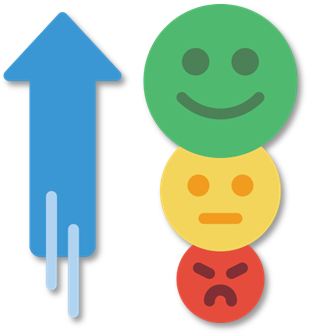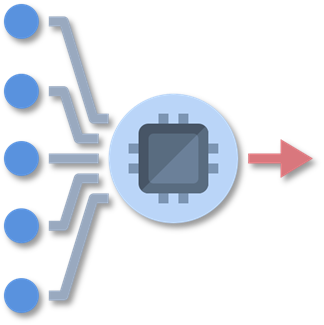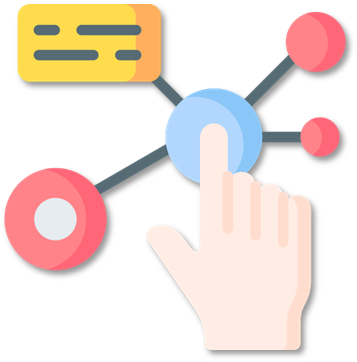Step 2: Functions
| Topic | Question | Answer |
Overall objective | What is the overall objective of the human-AI system? How do human and AI collaborate and support each other (interdependence)? | Objective: The overall objective of the human-AI system is to support the patient in their daily life by assisting them with recalling information. Interdependence: Patient: - The AI supports the patient through their daily life by assisting them with information retrieval/recall about the important things in their day to day life when it is needed. - The patient assists the AI in doing it's job better through change in input/setting tunning to their preference to cater the patients' needs better. Caretaker: - The AI assists the caretaker in doing their job by helping with medical/event reminders and keeping track of patient memory loss (how often the patient needed reminders about specific things or how well they are doing in the memory game) - The caretaker assists the AI in a similar way (although with more limited capabilities and requiring permission from the patient) to the patient with constant tuning/information updating. On top of that, provided feedback by the caretaker can assist with improvements to the AI. Relatives: - The AI assists the relatives by improving the quality of their interactions with the patient. - The relatives assist the AI by providing feedback regarding the improved quality of the interactions with the patient. |
Functions
| What are the functions of the AI system (s)? What does it actually do? What are its inputs, and what are its outputs? | Functions: - Assist patient with information on people coming from short personal profiles that were created beforehand of important people to them (caretaker, relatives, etc). - Assist patient with event/date reminders through a calendar system to help them stay involved with important events or to not be caught off guard by someone visiting due to the patient not remembering. - Stimulate their information recollection through memory based games consisting of information that is important to them. Inputs: - Text/speech input regarding the personal profiles, coming mainly from the patient, with some updated information possibly coming from speech input of relatives. - Dates/events/general reminders for the patient. - Video input for person recognition (to assist on proper information retrieval when the patient needs it about a relative/caretaker) - Feedback text input coming from caretakers/relatives. Output: Through speech: - Information about reminders/events - Information about relatives/caretakers - General conversation with the patient Through images/text: - The full overview of the personal profiles created for relatives/caretakers - Calendar dashboard with events set at the proper times with their descriptions - Memory game display with assisting images |
Interaction | How do you expect the human to interact with these AI functions? Does the human provide any input? (just a (high-level) description of interaction(s) is fine, e.g. “Actor A provides feedback in the form of tags”) | Patient: The patient will mainly interact through speech with most functions, except for some which may need some other type of input to be effective, mainly the memory game would require the patient to also interact with the tablet on the robot. Caretaker: The caretaker will interact with the robot mainly through the tablet or through an external interface on a computer, mainly through textual input or a separate dashboard with simplistic actions for managing the calendar and the reminders. Relative: Depending on the situation, the relative may interact more with the robot through speech or be more involved in the input through text in a similar manner to the caretaker, but that would depend on a case by case basis and the needs of the patient. |



